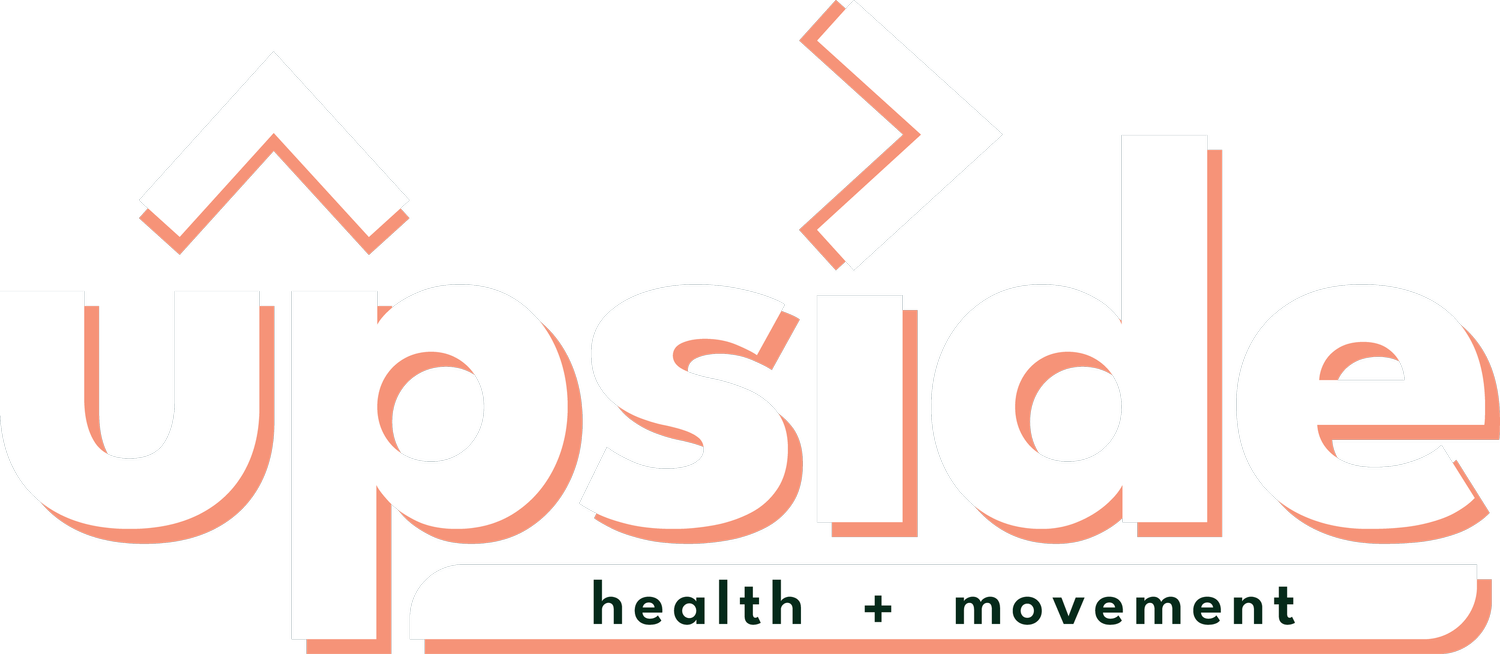Pain Profile: Lateral Epicondylitis (Tennis Elbow)
Lateral Epicondylitis, or “Tennis Elbow” as it is commonly referred to, is a condition that presents as pain around the outside of the elbow. While the name “Tennis Elbow” suggests this condition only affects athletes, this is hardly the case. This is because Lateral Epicondylitis can be brought on by repetitive actions of the wrist and hand like playing an instrument or typing at a computer. This means that anyone from tradesmen to baristas or musicians is susceptible to Lateral Epicondylitis. You are up to five times more likely to get Lateral Epicondylitis (Tennis Elbow) than you are Medial Epicondylitis (Golfer’s Elbow).
Signs And Symptoms Of Lateral Epicondylitis (Tennis Elbow)
Location: Most people will complain of pain located around the outside of the elbow, often radiating down the forearm.
Onset: Gradual
Intensity and Behaviour: Low to moderate and intermittent; severe and continuous
Reproduction of Pain: Wrist and finger extension, wrist supination, grip test - pain decreased with an elbow in flexion
Behaviour of Pain: Normally only aggravated after activities involving repetitive wrist extension and forceful gripping in mild to moderate cases. Pain can become more constant and can cause sleep disturbances in severe cases.
Mechanism of Injury
Lateral Epicondylitis: Site of pain and the anatomy involved.
Lateral epicondylitis is a result of overuse of the wrist extensor muscles which can lead to inflammation and irritation at the muscle-tendon junction. This occurs near their common insertion site at the lateral elbow.
Repetitive actions can include: playing tennis, playing an instrument, manual labour, typing, gripping and squeezing.
The tendons are made to stretch under load. However, if the stress on the tendon exceeds its tolerance to stretch, micro-tearing can occur. Continuing to overload these tendons while micro-tears are present can lead to degenerative changes which can alter the composition of the tendon.
Completely resting symptomatic Lateral Epicondylitis can lead to a weakening of the involved muscles and an increased risk of re-injury.
Differential Diagnosis - What Else Could It Be?
Cervical Radiculopathy - referral pain from the neck. Often associated with other issues including; headaches, scapular pain, and sensory or motor function.
Elbow osteoarthritis - degeneration of the cartilage of the elbow joint. Usually associated with a loss of range of motion.
Medial Epicondylitis (Golfer’s Elbow) - tendinopathy of the common forearm flexor group. Pain located on the medial aspect of the elbow and associated with wrist flexion and ulnar deviation.
Radial Tunnel Syndrome - presents as pain along the top of the forearm and hand. It is caused by pressure on the radial nerve around the lateral elbow.
Treatment of Lateral Epicondylitis (Tennis Elbow)
Relieving pain and controlling inflammation - a short course of NSAIDs may help reduce pain and inflammation in the early stages if symptoms are acute. An anti-inflammatory injection into the tendon may also be considered in severe cases and may give relief for up to 3 months (but not always effective). Reducing inflammation can make rehabilitation easier and decrease flair-ups. Icing can also help reduce inflammation.
Load Management - Managing load can be one of the more challenging aspects of treatment for Lateral Epicondylitis. It is important to not overload or underuse the tendons as both can be detrimental to recovery. Varying load through rotation of tasks or only working for short periods at a time can help reduce overload.
Bracing – the use of an elbow strap can be beneficial in reducing the force travelling up the arm to the insertion site located at the lateral epicondyle. The brace is applied around the forearm and tensioned so that the muscles are not able to fully contract.
A forearm brace can distribute force evenly to the elbow.
TENS – TENS units alleviate elbow pain by interrupting pain signals travelling to the brain through electrical impulses. This disruption reduces pain perception. Furthermore, TENS stimulates the release of endorphins, the body's natural painkillers, providing additional pain relief and improved elbow movement. By increasing blood flow, TENS helps reduce inflammation, relax muscles, and accelerate tissue healing and nerve regeneration, ultimately aiding recovery.
Manual therapy and dry needling – direct treatment of the forearm extensor group and their common tendon can help to reduce painful symptoms in the short term.
Eccentric Strengthening program – eccentric exercises are when we work the muscle while lengthening it. This allows us to gradually put the tendon under load without causing an inflammatory response. Eccentric exercises are to be performed slowly to begin, focusing on controlling the movement through the range.
Resources:
TENS For Elbow Pain - iTENS Australia [iTENS Australia]. Retrieved from https://itens.com.au/tens-for-elbow-pain/
Vaquero-Picado, A., Barco, R., & Antuña, S. A. (2017). Lateral epicondylitis of the elbow. EFORT open reviews, 1(11), 391–397. https://doi.org/10.1302/2058-5241.1.000049



